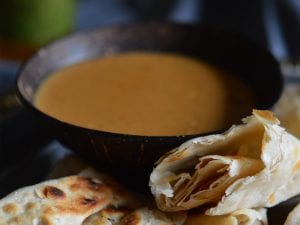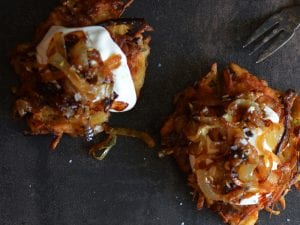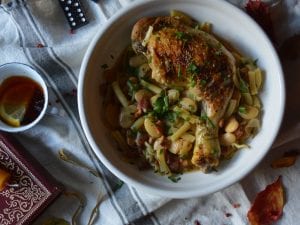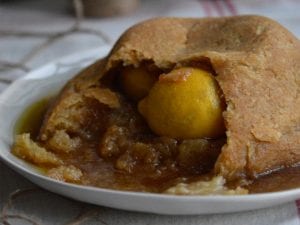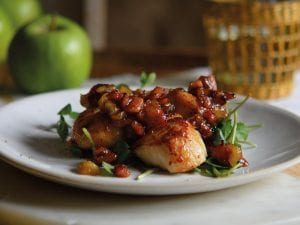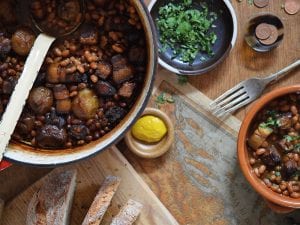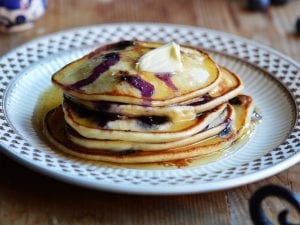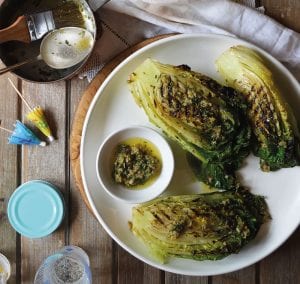With the autumn rugby internationals on the horizon, we chat to rugby legend and father Will Greenwood.
Q. What would you do to help injury in the senior game?
“There is no perfect world – the key is to get children to enter adult rugby having had a good technical grounding in the contact area and tackle point and make sure they have had a safe and enjoyable journey along the way – that’s what’s most important.”
Q. You’re a great ambassador for children’s rugby – do schools do enough?
“Schools are constrained by budget, safety and numbers of qualified coaches. Mentoring schemes, access to club and academy coaches are improving and I hope it continues. I try to do my bit coaching at my local club [Maidenhead] and with my holiday coaching business Legend Holidays & Events.”
Q. With Twickenham ticket prices so high, would it be a good idea to play internationals elsewhere in the UK?
“I like having a ‘Fortress’ at Twickenham – not always a fortress – but it looks and feels like one to me! However I feel the occasional game could shift north – which it is next year… to St James’s Park with a world cup warm-up game which is exciting.”
Q. What would you say is the best moment of your playing career?
“That’s a tricky one, but probably Durham University 1991-92 – playing some great rugby with people who are my best friends to this day.”
Q. What do you think is the best position to play in to captain an international side?
“I don’t think there is a best necessarily – history would suggest the forwards – but great people come in all shapes and sizes. Rugby is a great sport that caters for all those shapes and sizes; a legendary captain could play in any position.”
Q. Is there another Martin Johnson playing now who can fill the role of captain?
“There will never be another Martin Johnson – unique and awesome! They’re big boots to fill if someone is up to the task.”
Q. Why are the All Blacks so good?!
“I think their success comes down to a few key factors; culture, geography, genetics and Importance of the game as a national sport.”
Q. How do you relax?
“I love a good Sudoku puzzle, whenever I get time!”
Q. What’s your favourite book?
“I’ve read some brilliant books, but my favourite would have to be Flashman Papers by George Macdonald Fraser.”
Q. Music?
“Easy: Oasis or Take That.”
Q. What are your ambitions for the next year on?
“My biggest ambition right now is to be a good Dad, it always comes before everything else.”


Visit Legend Holidays & Events






